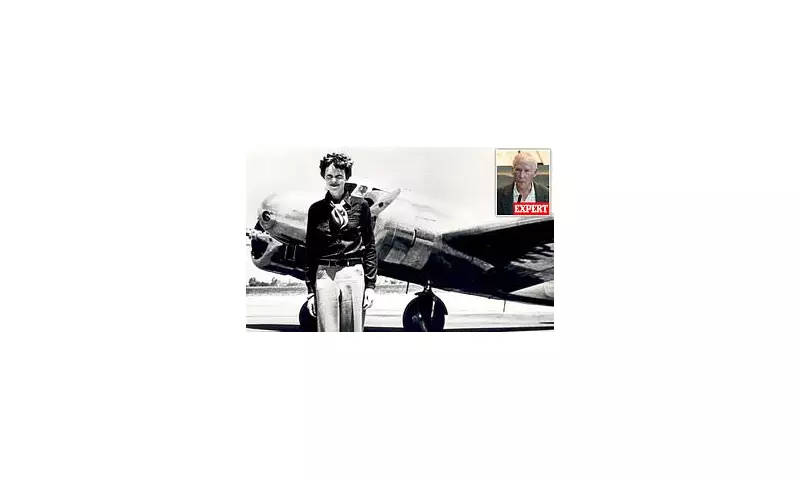
In a development that could rewrite aviation history, a team of underwater explorers believes they may have finally located Amelia Earhart's missing aircraft at the bottom of the Pacific Ocean. Deep Sea Vision, led by former US Air Force intelligence officer Tony Romeo, has unveiled a stunning sonar image showing what appears to be an aircraft-shaped object resting on the ocean floor.
The Game-Changing Discovery
The potential breakthrough comes after an extensive $11 million search operation covering over 5,200 square miles of ocean floor. The team detected the intriguing object using advanced sonar technology deployed from their research vessel, which methodically scanned the seabed in a grid pattern.
"We always felt that she would have made every attempt to land the aircraft gently on the water, and the aircraft signature that we see in the sonar image suggests that may be the case," explained Tony Romeo, whose lifelong fascination with the Earhart mystery drove the ambitious expedition.
Location Clues and Historical Context
The discovery site lies approximately 100 miles from Howland Island, the remote Pacific atoll where Earhart and navigator Fred Noonan were scheduled to refuel during their historic 1937 around-the-world flight attempt. Their disappearance on July 2nd, 1937, has remained one of aviation's most enduring mysteries, spawning countless theories and previous search efforts.
What makes this discovery particularly compelling is the object's resemblance to Earhart's Lockheed Electra 10-E aircraft, complete with distinctive twin tails and dimensions that match the historic plane. The image shows the object resting at a depth of around 5,000 meters in an area previously unexplored by search teams.
Next Steps in the Investigation
While the sonar image provides compelling evidence, Deep Sea Vision acknowledges that definitive confirmation requires further investigation. The team is already planning a follow-up mission to capture higher-resolution images and potentially recover the aircraft.
"We need to get cameras on it, and we need to see it," Romeo stated, emphasizing the need for visual confirmation. "If this is Amelia's plane, it could provide closure to one of the world's greatest unsolved mysteries."
Why This Discovery Matters
The potential identification of Earhart's aircraft would represent more than just solving an historical puzzle. It would provide:
- Historical closure to a mystery that has captivated generations
- New insights into early aviation technology and navigation
- Inspiration for future explorers and aviation enthusiasts
- Validation of modern deep-sea exploration technology
The discovery has already generated excitement among aviation historians and Earhart enthusiasts worldwide, who have awaited such a breakthrough for nearly nine decades.





